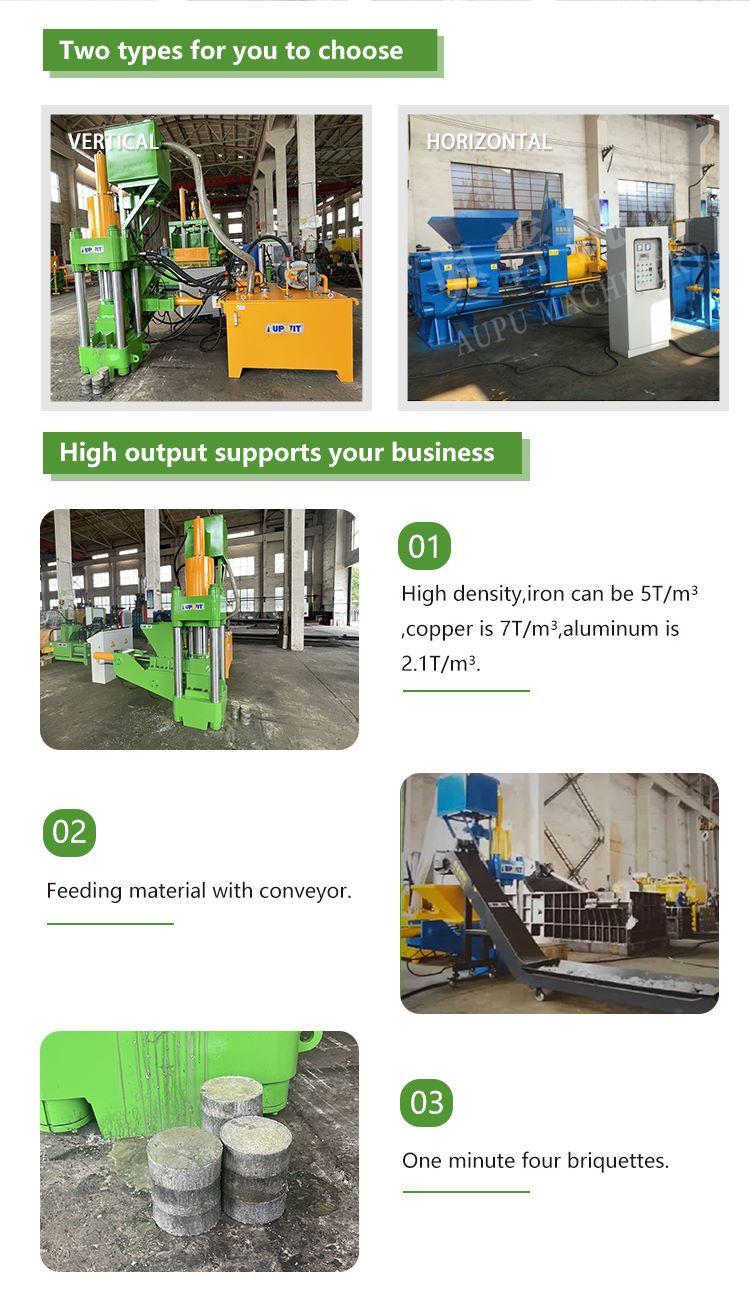The pressure range of a Briquetting Press can vary significantly depending on its type, size, and intended application. Generally, small - scale laboratory - type Briquetting Presses may have a relatively low pressure range, typically starting from around 5 to 10 tons (or 44.5 to 89 kN). These are designed for testing and small - batch production, suitable for research institutions or small - scale workshops that deal with limited amounts of materials.
Medium - sized Briquetting Presses, which are commonly used in industries such as waste recycling and biomass processing, usually operate in the pressure range of 20 to 100 tons (178 to 890 kN). This range allows them to handle a variety of materials, including agricultural residues, sawdust, and some lightweight metal scraps. The pressure in this range is sufficient to compress these materials into dense briquettes, making them easier to transport and store.
For large - scale industrial Briquetting Presses, especially those used in the metallurgical industry for processing metal powders or heavy - duty waste materials, the pressure can be extremely high, reaching from 100 to 500 tons (890 to 4450 kN) or even more. High - pressure Briquetting Presses are capable of compacting hard and coarse materials into high - density briquettes, which is crucial for subsequent smelting and recycling processes. Some specialized high - pressure models can exert pressures exceeding 1000 tons (8900 kN) to meet the demanding requirements of certain high - value - added materials.
It's important to note that the actual pressure required for a specific application depends on factors such as the type and characteristics of the material being processed, the desired density of the briquettes, and the size and shape of the mold. Manufacturers usually customize the pressure range of Briquetting Presses according to the specific needs of their customers to ensure optimal performance and product quality.









